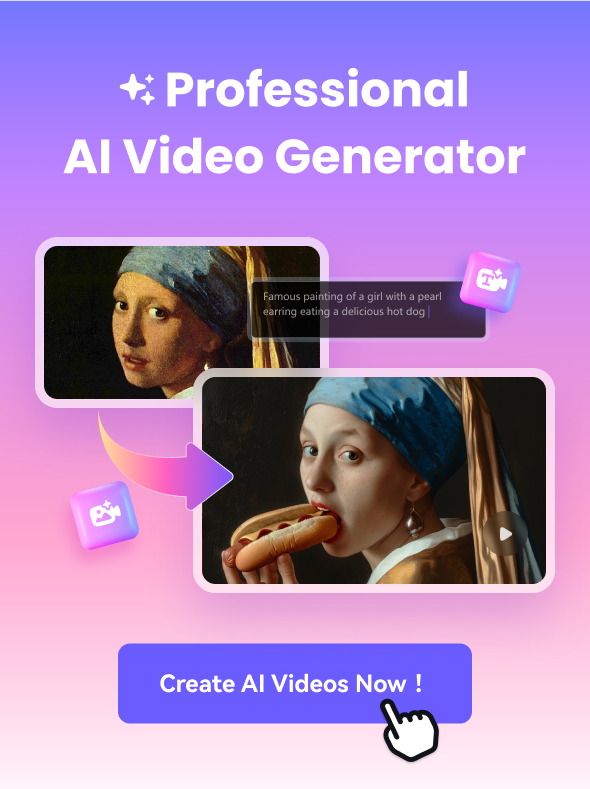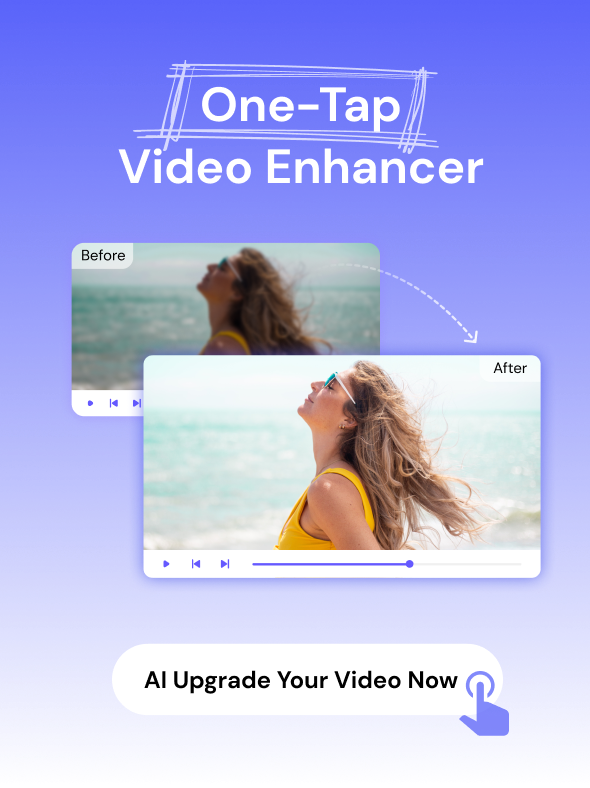Stable diffusion is an AI art generator that uses deep learning to convert your text prompts to artistic but realistic images. Getting the best AI-generated image results depends largely on the prompts you build from the first step. Text prompt distinguishes between an amazing image output and a suboptimal one. In a nutshell, the quality of your prompt will directly affect the quality of your AI-generated artwork on stable diffusion. That is why you must know how to write prompts for stable diffusion.
In addition to text-to-image generation, stable diffusion supports image-to-image art generation with text prompt guide, inpainting, outpainting, etc. However, this blog centers on getting what you imagine by using the right words in your text prompts on stable diffusion. In this blog, we will share how to achieve the best prompts for stable diffusion so you can get gorgeous photos at the end of your AI art generation.
In this article
Part 1. How to Write Good Stable Diffusion Prompts?
Writing a perfect prompt requires some expert skills and knowledge, and digital art creators master this craft over some time for optimal results. But it would be best if you did not fret; we will share some guidelines you can follow even as a beginner to write effective prompts for the best output.
10 Crucial Elements of Effective Stable Diffusion Prompts
A good stable diffusion prompt must contain a good number of key elements that are outlined below:
1. Clear Subject
To know how to write prompts for stable diffusion, you must know how to use a clear subject. The subject is the beginning of a prompt, so you need to write enough about the subject. When people see your image, they are drawn to the subject first before anything else in the background, so how a subject looks will either attract or discourage viewers from coming to it. If you have favorite celebrities you want to replicate for your human subject; you should include their names to guide stable diffusion on what to focus.
2. Descriptive Prompts
To generate the best stable diffusion prompt styles, description is everything. Combine different adjectives that describe the outcome or scenery you want to achieve. Please describe what your subject is wearing, their hair color and style, and any other inclusions in the image background. The description is key in getting the best prompt for stable diffusion.
3. Lighting
Lighting is a vital aspect of photography, and with AI art creation, the case is no different. To create amazing results using your prompts on stable diffusion, you need to pay attention to the type of lighting you want your image to be cast in, as this determines the overall mood of the image. For example, you can play with cinematic lights, warm sun rays, dark lights for a somber mood, etc.
4. Lighting
You should avoid being vague in your prompts to enable stable diffusion and easily know the type of image you want to generate. Thus, it would be best to stick to unambiguous words, i.e., words with clear and direct meanings.
For instance, a prompt like “cute cats” is not as specific as a prompt like “cute brown cats with grey eyes wearing a blue bowtie.”
You should note that when it comes to prompts, stable diffusion excels on specificity.
5. Name Your Art Style
It is important that when writing stable diffusion prompts, you choose the specific art style you want to use; that is what the Library of Art Styles is provided! Art styles range from pop art to acrylic, renaissance, pencil drawing, clay models, impressionist, fantasy, and more. For example, how an image looks in hyperrealism will not be different from the anime look. Therefore, you need to specify the style in your prompt description.
6. Mediums
The medium you choose in writing your prompt on stable diffusion gives your work more definition. A medium is the artwork’s material like oil painting, illustration, 3D rendering, photography, etc. Your image can look ten different ways depending on the medium applied.
7. Name Your Image Artists
Stable diffusion provides you with many existing artists or the classics like Pablo Picasso, Van Gaugh, and Alphonse Mucha, whose works you can mimic in your prompt. So, just as you choose the art style to replicate, you can also choose a favorite artist of yours to replicate. Ensure you include the name of the artist you wish to mimic in your text prompt. Indeed, you will see dramatic changes in your final output. Also, you can combine different artists with different styles and watch as stable diffusion generates your AI image using aspects of their art that produce unpredictable and exciting results. Feel free to explore various options, as that is how genius results are produced.
8. Weight Prompt Keywords
Ensure you combine keywords that will direct the focus of your prompt to your specific desired output. Also, as you do this, take note of certain key phrases that carry more bias toward your image preference as the image changes with different keyword combinations. Then you can emphasize the keywords you want stable diffusion to focus on by adding the full colon and decimal number to the word you want the tool to focus on. You can also add importance to a keyword phrase by adding parenthesis around it, and for less important phrases, use a bracket to specify. That will guide you in adjusting your prompt to arrive at the AI-generated art you wish to see.
9. Add More Details
When writing your text prompt on stable diffusion, adding details to guide the AI art generator in making your final art realistic will benefit you. Such details like the type of image resolution, color, etc., will give stable diffusion more focus in generating an image you would love. For instance, you can add a description like “sharp focus” and “highly detailed” as your image resolution in the prompt, and you will see a difference in the final output.
10. Follow other creators for inspiration.
When writing your text prompt on stable diffusion, adding details to guide the AI art generator in making your final art realistic will benefit you. Such details like the type of image resolution, color, etc., will give stable diffusion more focus in generating an image you would love. For instance, you can add a description like “sharp focus” and “highly detailed” as your image resolution in the prompt, and you will see a difference in the final output.
Part 2. 10 Best Stable Diffusion Prompts for Different Categories
The guideline above will set you on your way to writing the best stable diffusion prompts. However, we have taken this a step further to provide you with stable diffusion prompt ideas that you can use for different categories of art styles. Below are ten highly recommended stable diffusion prompt examples you can start with:
1. Realistic Portrait Photos
Example: portrait of a young woman, photorealism, pale, red hair, centered in the frame, gold necklace with big ruby, an ideal human with a symmetrical face, 85mm lens, facing camera, dark background, natural light, out of focus trees in the background, ultra-details, 9:16, -v 3 -upbeat
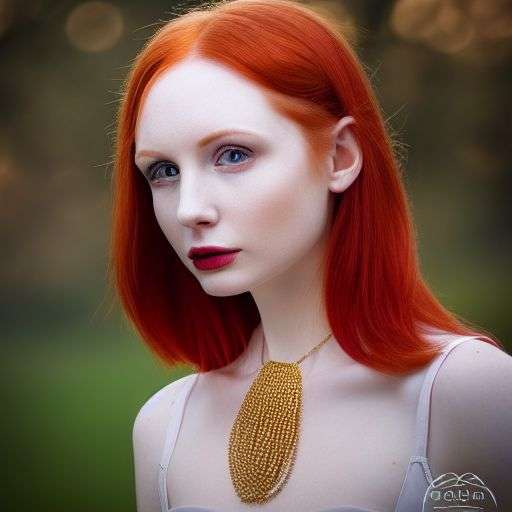
2. Anime
Example: Anime girl with red cosplay headwear, long light gold hair, body portrait, pink ribbons, splendid white designer fashion show concept dress, black fishnet wear, sharp focus, black scarf, windy, highly detailed, red eyes, digital painting, illustration art, art by WLOP and yanjun chen.
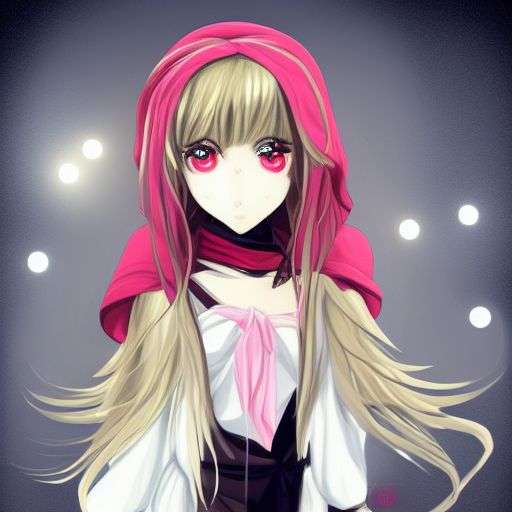
3. Photography
Example: portrait side profile shot of the Takeshi Kaneshiro warrior chief, photography, medium shot, blue on red, serious eyes looking away, tribal panther makeup, 2:3 -beta -upbeta
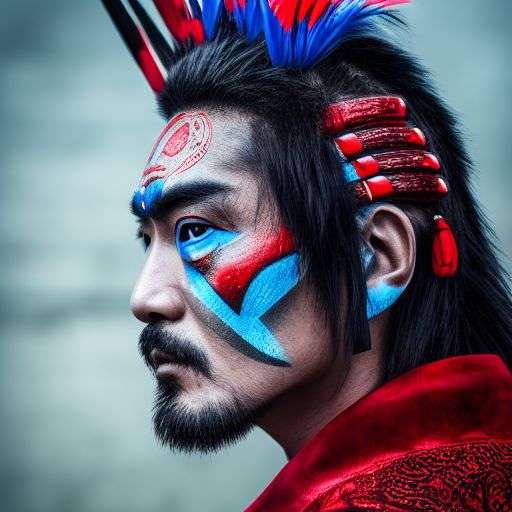
4. Concept Art
Example: the environment in a world of Warcraft, castle nathria, raining, ultra-detailed,::gothic style fully developed castle, nighttime, movie concept art, photorealism, epic, Matte, painting, mist, lightning shafts, volumetric light, 8k, trending on artstation, -ar 3:1
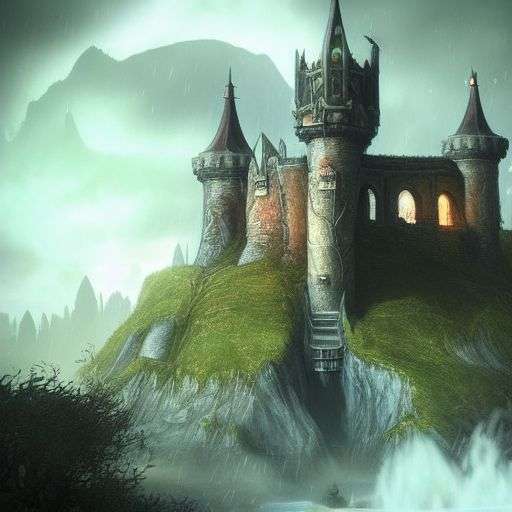
5. 3D
Example: 3D version of a thin young woman, cute too, minimal smile, red blush, cuddled up under a blanket, wearing casual clothes, relaxing on a couch in a cozy living room, ultra-realistic, art by artgerm, 8k, medium shot, hyperdetailed and hyper-realistic, octane render, unreal engine 5
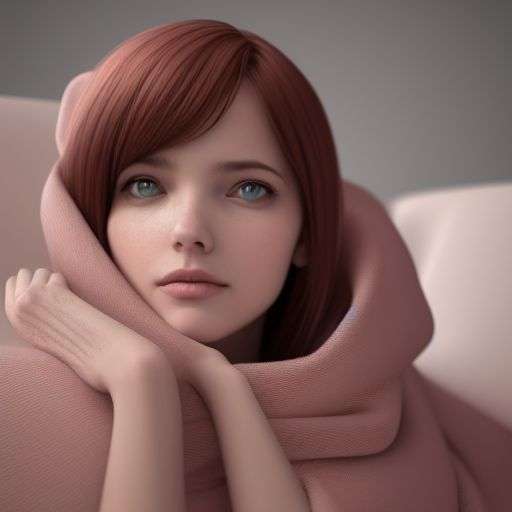
6. Fashion
Example: cyberpunk streetwear tech wear clothes and fashion look, feet to head, golden ratio, futuristic, highly intricate and detailed, gorgeous bright colors, golden ratio, cyberpunk setting, Errolson Hugh, cinematic, luxury, Sacai, matte painting, elite, Yohji Yamamoto, Nike ACG, hyper maximalist, -h 3840 -w 2176 -iw 1
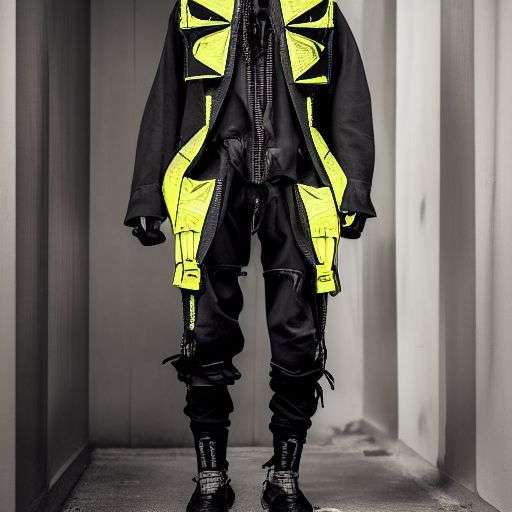
7. Architecture
Example: open plan architectural design, living room and kitchen, interior design, wooden floor, large steel windows with a view of the city, high ceiling, modular furniture with cotton textiles
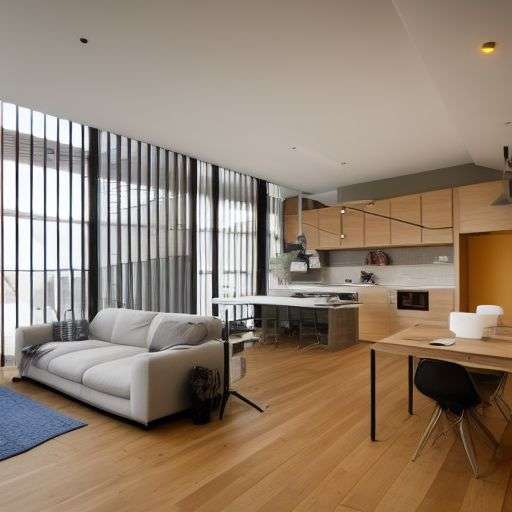
8. Wallpaper
Example: Garden+factory, many red roses, ultra-wide shot, tall factory, atmospheric, epic composition, 16K resolution, octane render, Landscape veduta image by Dustin Lefevre & tdraw, DevianArt, artstation landscape vista photography, hyper-realistic photo, Miyazaki, Flickr, Breath of The Wild, unreal -hd -ar 9:16, 4K detailed post-processing, Nausicaa Ghibli, rendered in Enscape
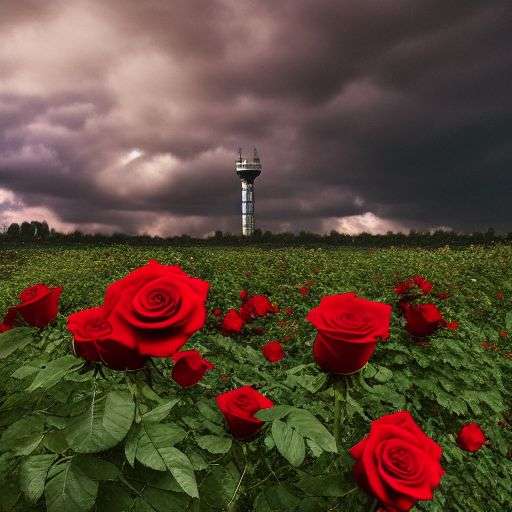
9. Cinematic
Example: A path through the unknown, hyper-realistic, cinematic, atmospheric, 8K resolution, detailed landscape painting by Ivan Shishkin, Landscape veduta photo by Dustin Lefevre &tdraw, unreal engine -ar 9:16m, 4K detailed post-processing, octane rendering, epic composition, Breath of The Wild
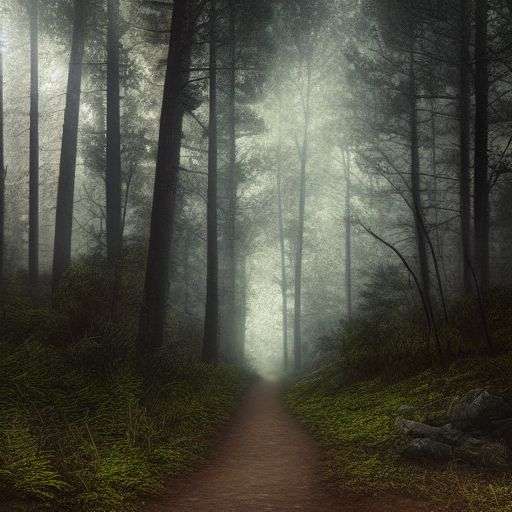
10. Video Games
Example: full body portrait of a manga character, detailed illustration, dark-haired cyborg man, he is wearing a cape, and he has a red mechanical eye, dramatic lighting, hq artwork, 4K resolution, high quality, digital art, trending on artstation, insane detail, cinematic, sharp focus
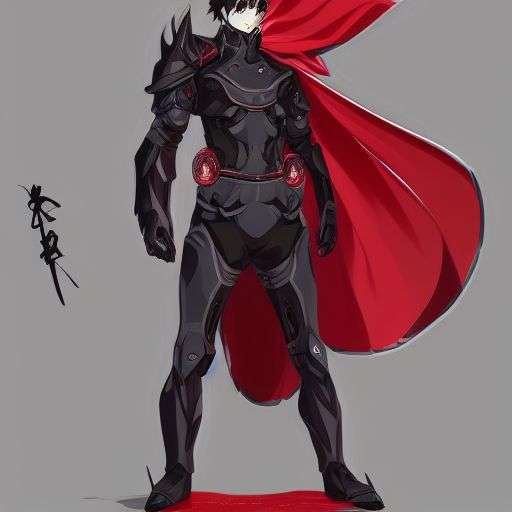
Part 3. How to Improve Images Generated by Stable Diffusion [Extra Tips]
With the above best tricks on stable diffusion prompts, to a great degree, you can generate awesome images. However, sometimes you need help with your AI images because the stable diffusion model still requires improvement. Issues you may encounter include low-resolution images, image noise, blurry photos, strange elements added that are outside your prompt, and so on. But not to worry, Media.io Online Photo Editor has special tools you can use to solve these problems and uplift the final outlook of your AI-generated images. Follow the prompts below:
Tip 1: One click to Upscale & Enhance Stable Diffusion Images Quality https://www.media.io/ai-image-tips/upscale-images-stable-diffusion.html.
Tip 2: Remove Unwanted Objects from Stable Diffusion Images https://anieraser.media.io/.

![How to Write Perfect Stable Diffusion Prompts [+ Examples]](https://images.media.io/2023-blog/ai-image-tips/how-to-write-a-perfect-prompt.jpg)
